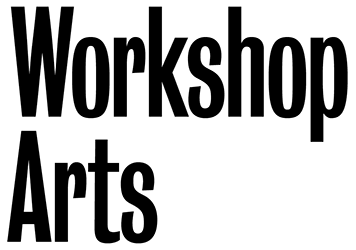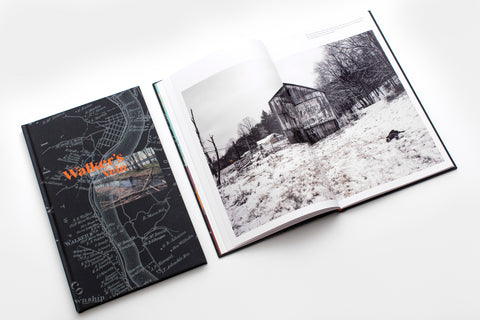
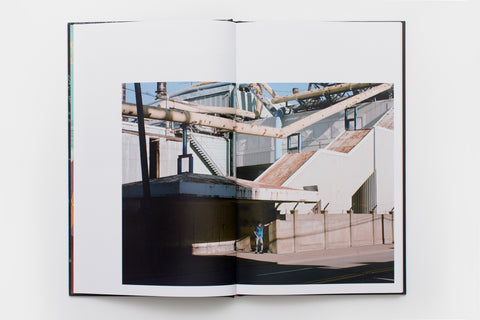
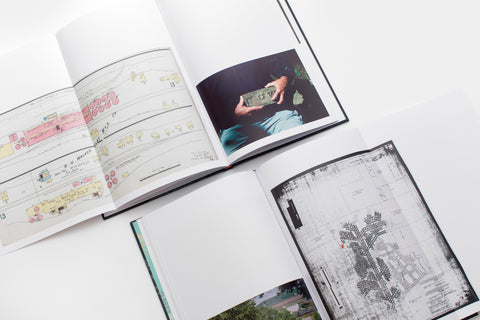
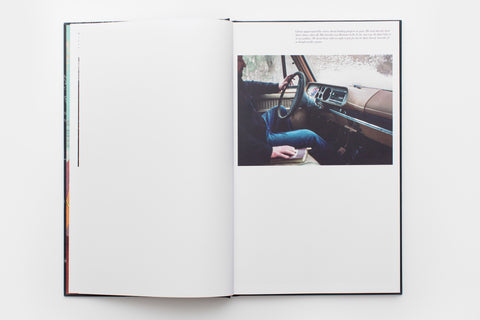
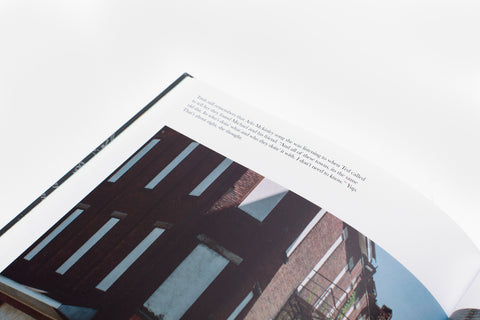
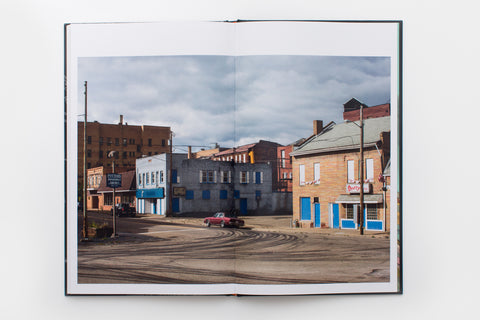
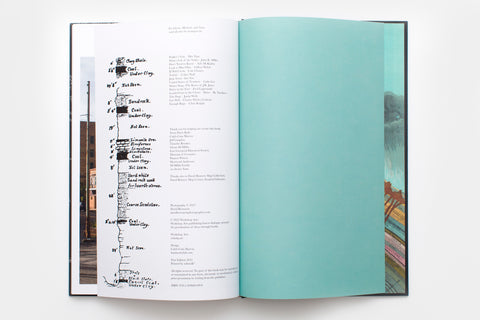
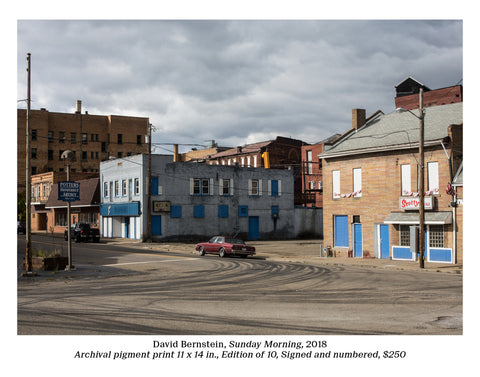
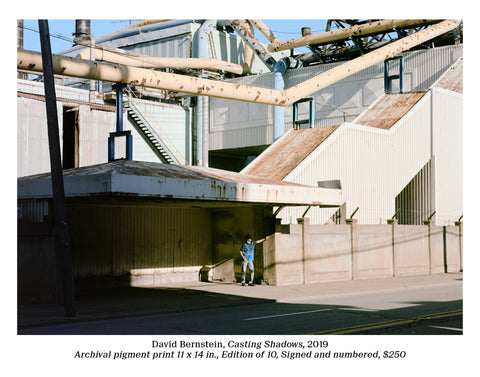
Walker's Vein
The upper Ohio River Valley has a long history of people making things from its dirt. With a low iron content and great plasticity, the clay of the region has been mined and fired to make everything from bricks to colorful fiestaware. At the beginning of the twentieth century, so much pottery came out of the region that it was touted as the “pottery capital of the world.” Yet that boosterism told only part of the story. As with many towns in what is now America’s Rust Belt, the glory days of manufacturing were never quite as robust as they are remembered to be. And here, where industry intersects with Appalachian culture, the veins of history can be particularly difficult to isolate.
Walker's Vein combines color photographs of this region with brief texts that describe a single historical narrative from multiple perspectives. This approach provides a visual exploration of the towns, people, and topography of the region, but is also a statement on how memory and myth converge to create the truth of place and community. The viewer is not told if the people he quotes are real or fictional, or the specific geographic locations of the real-life towns he photographs. The photographs and short interrelated texts tell a history of Walker’s people, set against both pastoral and industrial landscapes, and their relationship to a sense of place.
David Bernstein is a photographer, a trained historian, and a lover of cartography.
Press:
The Photobook Journal
Reponses Photo
L’Oeil de la Photographie
Collections:
University of Colorado Boulder Special Collections
Author: David Bernstein
Design: Caleb Cain Marcus, Luminosity Lab
ISBN: 978-1-959684-00-8
Dimensions: 8 x 13 inches
Number of pages: 88 with foldouts
Binding: Hardcover
Limited Edition Prints
11x14 Archival Pigment Prints
Edition of 10
Pickup currently unavailable
Workshop Arts creates publications, objects, and things that relate to visual language.
